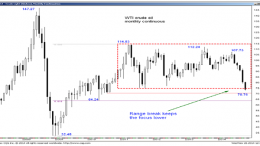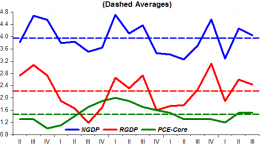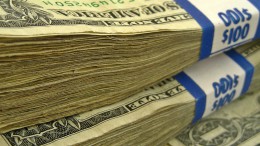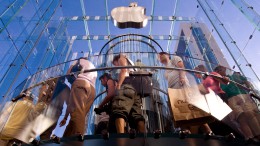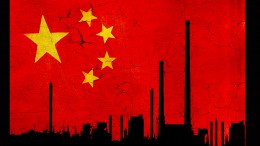All eyes on OPEC
MADRID | The Corner | Oil prices continue to fall ahead of the much-awaited OPEC meeting today, which will start at 9:00GMT –a press conference will be held at 15:00GMT. Brent crude and WTI both fell to four-year lows on concerns that oil producers will not make the large supply cuts needed to contain the slide. Analysts at Barclays believe that with an absence of basing signals for WTI crude, the risk remains lower towards 70.76. Will the oil cartel react?

